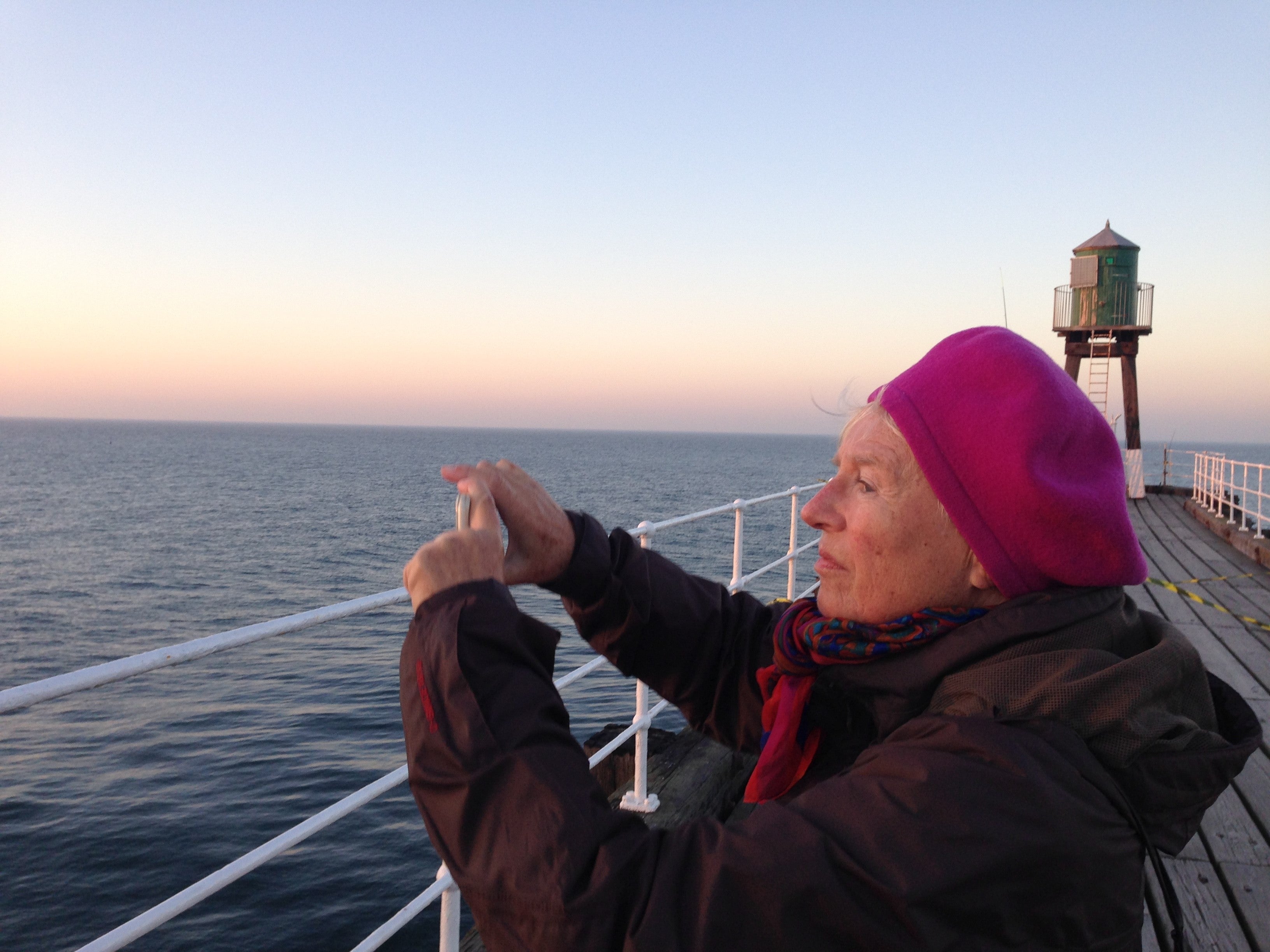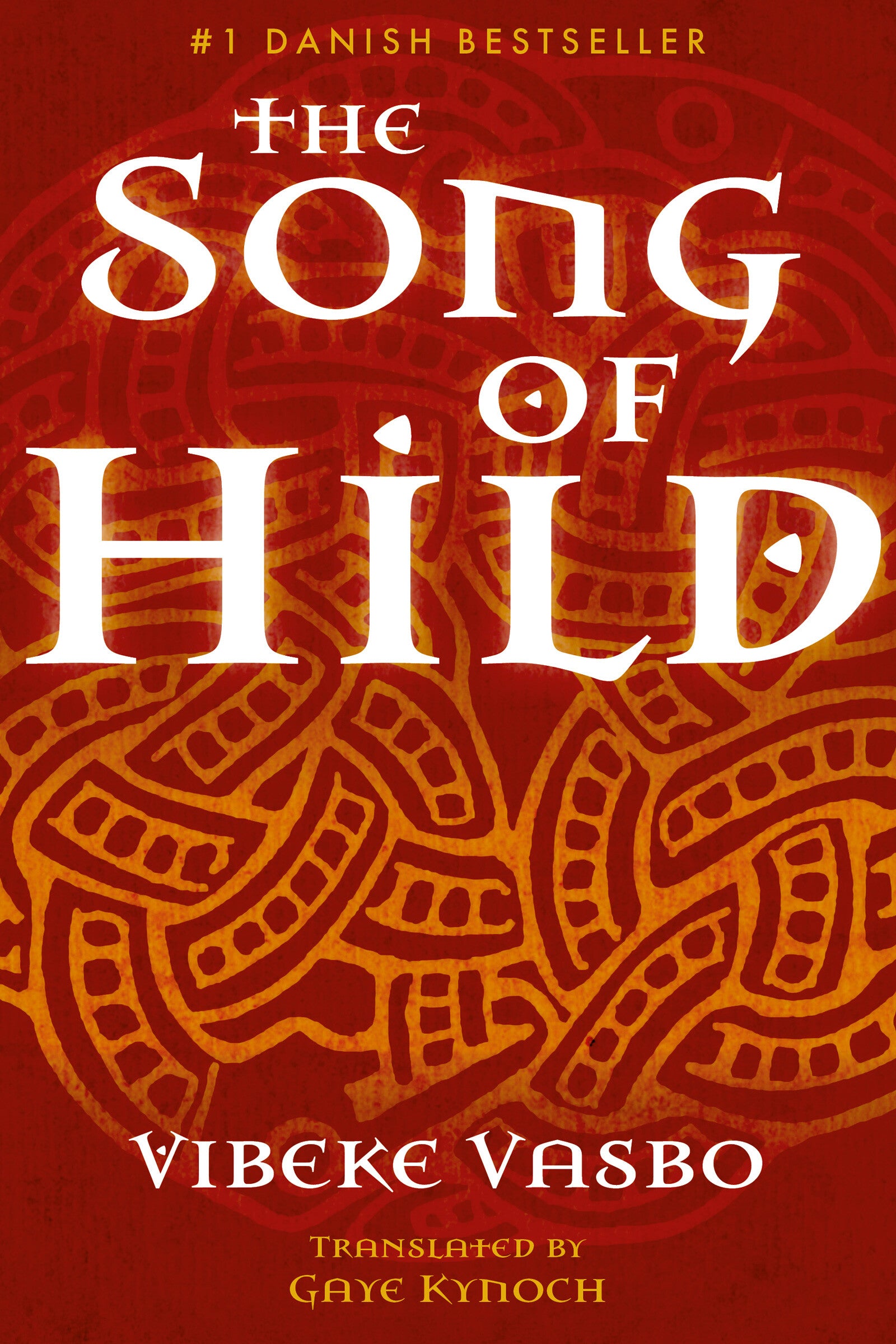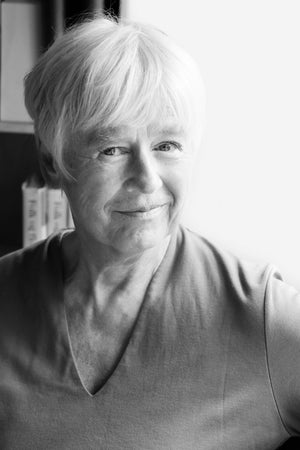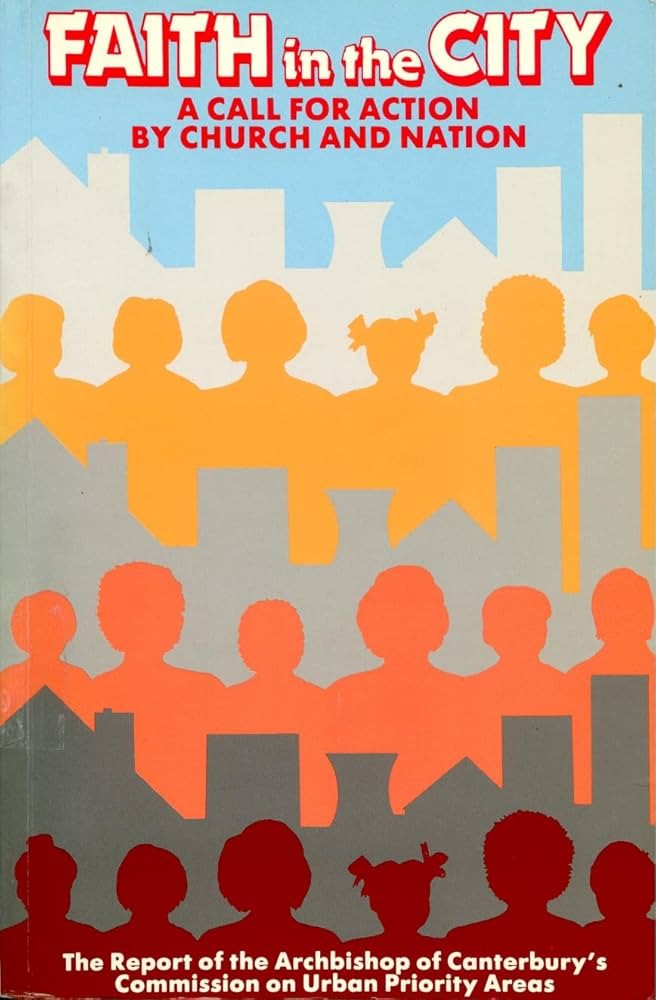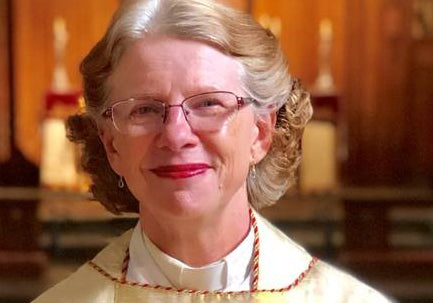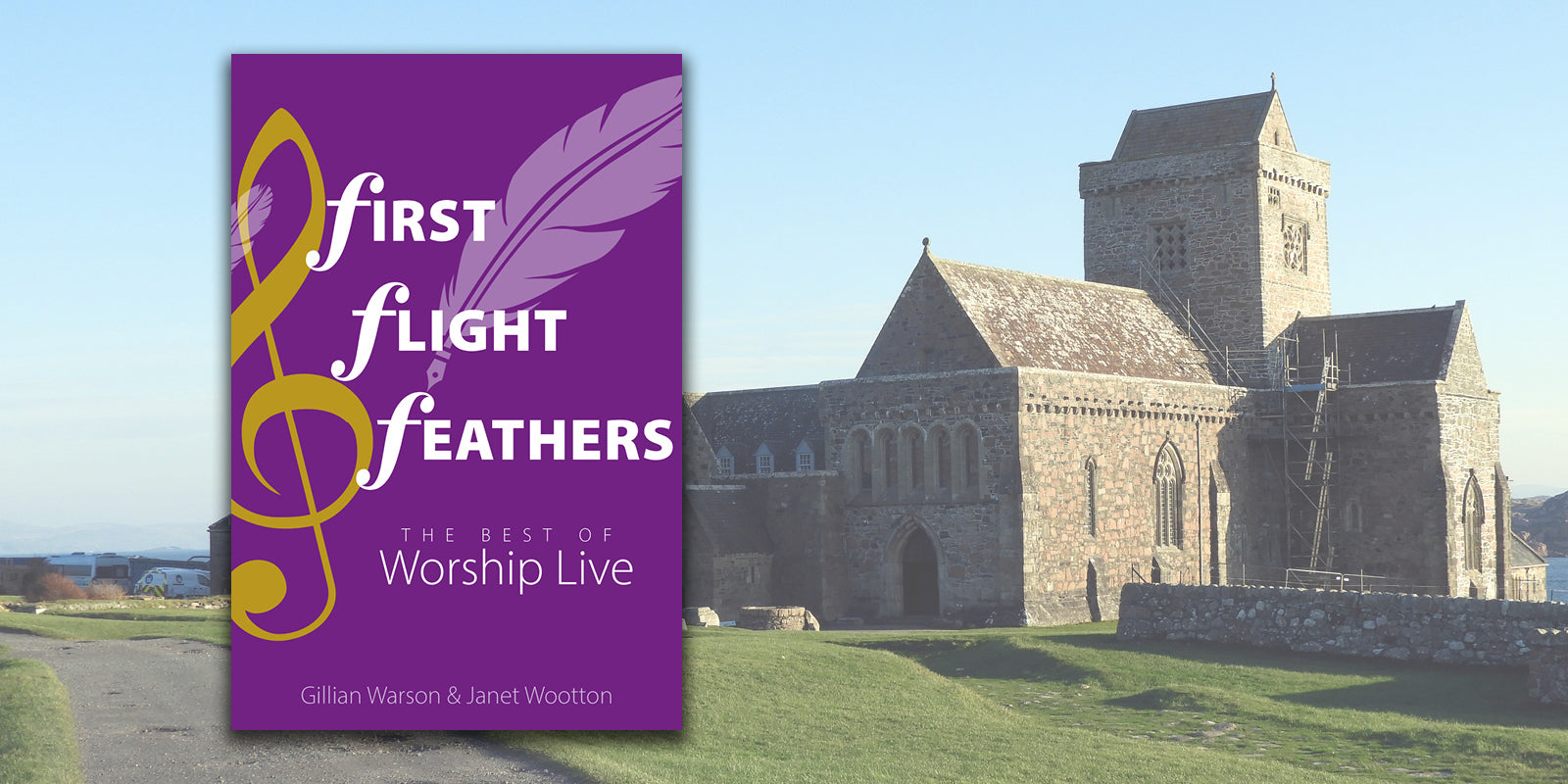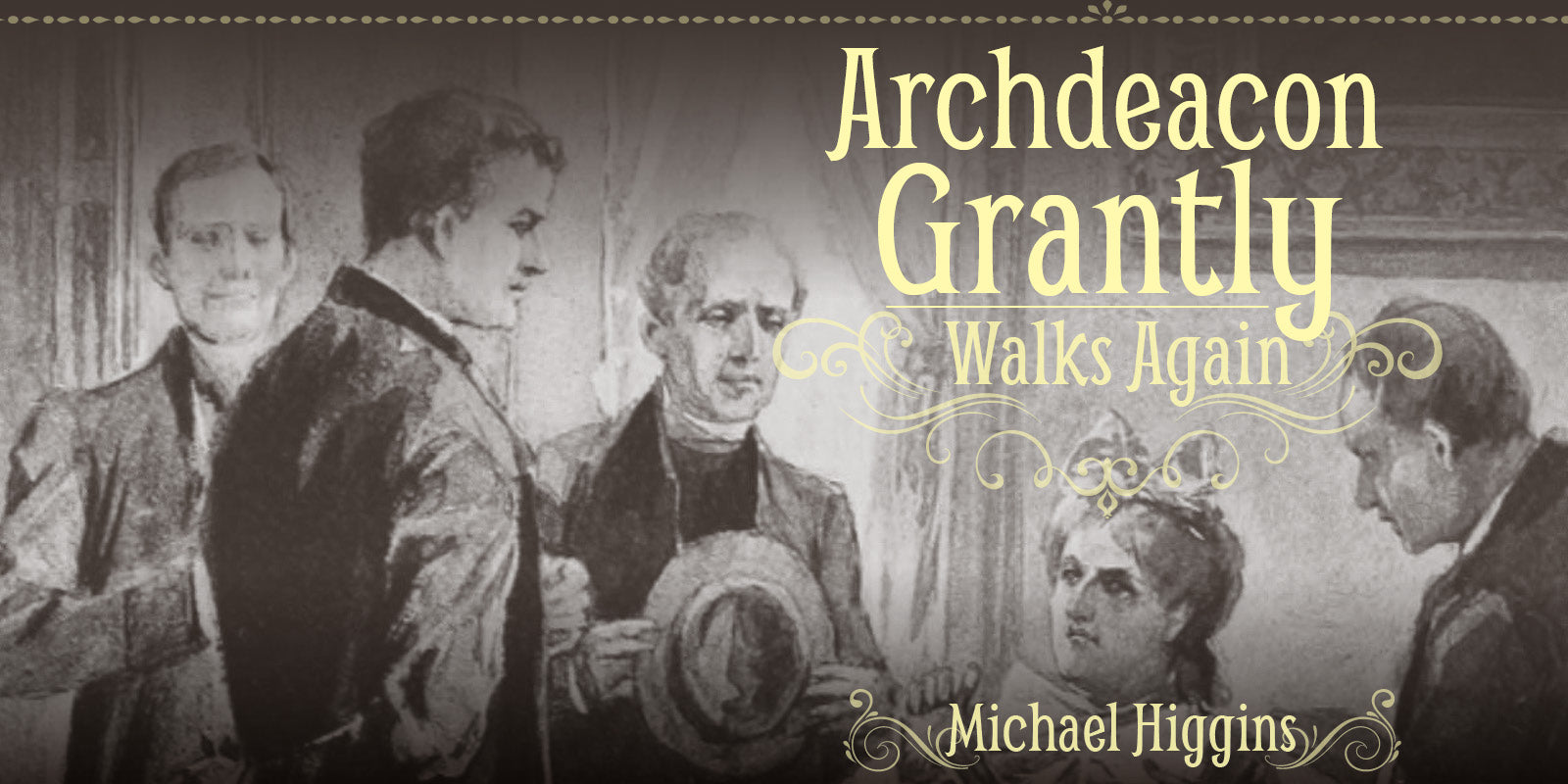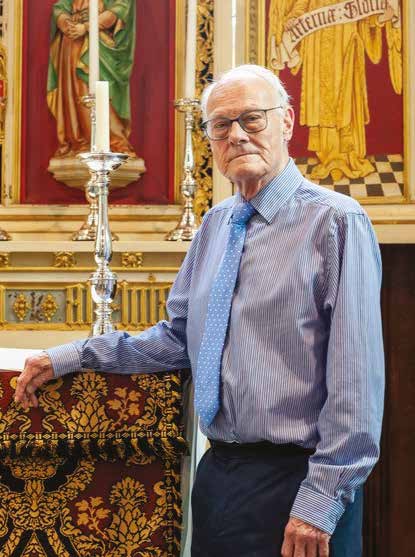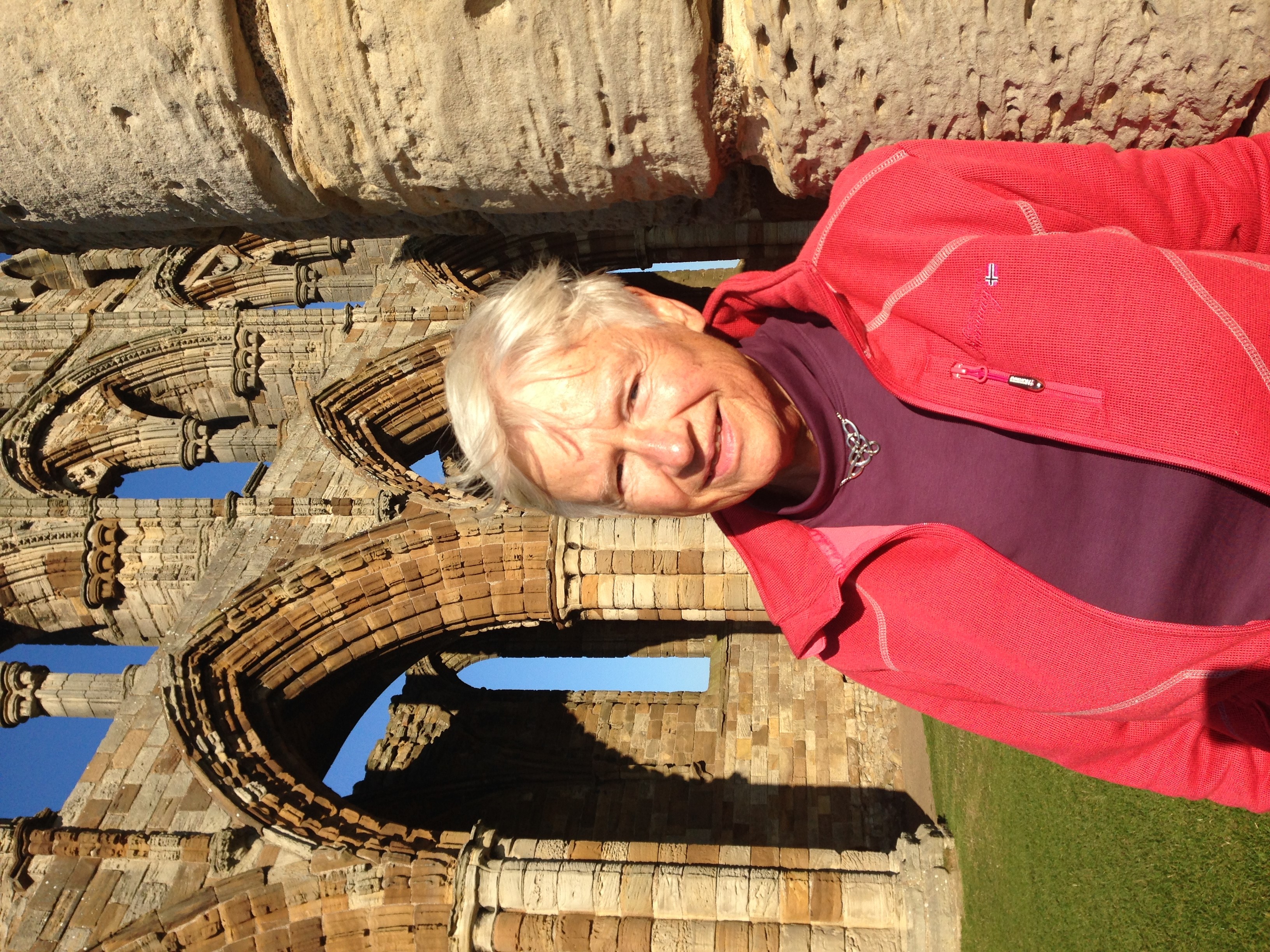 GUEST BLOG: How did a Danish author born in the 20th century come to write about St Hild? #BookOfTheMonth author Vibeke Vasbo shares her journey with this extraordinary seventh-century saint and some of the parallels between Hild’s world and ours in the midst of the COVID-19 pandemic.
GUEST BLOG: How did a Danish author born in the 20th century come to write about St Hild? #BookOfTheMonth author Vibeke Vasbo shares her journey with this extraordinary seventh-century saint and some of the parallels between Hild’s world and ours in the midst of the COVID-19 pandemic.
Self-isolation, shielding, quarantine—these are not new concepts. In the year 664 a plague passed through the British Isles. The disease was unfamiliar, how to deal with it unknown. In The Song of Hild I describe this seventh-century plague as being similar to the medieval Black Death, but we cannot know. Some historians suggest it could have been a new strain of influenza, against which the population had no defence.
When writing a historical novel you have to make many choices, and this is my interpretation:
It was evident that contamination happened through physical contact. Abbess Hild decided to split her monastery into three sections, which were to remain separated until the end of the epidemic. They apportioned food, all necessary supplies and tasks, and shared the services of four rat-catching cats.
After most of the priests had died, Hild ordered a very poorly priest to ordain her and two monks. “Afterwards, they prayed together, asking the Lord to accept this makeshift solution. They all knew the correct procedure: he should have been a bishop and she should have been a man.”
The plague was seen as a punishment, but for what? Praying for forgiveness was essential to combat the disease, and a priest’s prayer was more powerful than the prayer of a nun. They had to use all means available—even a woman.
So how did I, a Danish woman born in the 20th century, arrive in Whitby with Abbess Hild in the year 664?
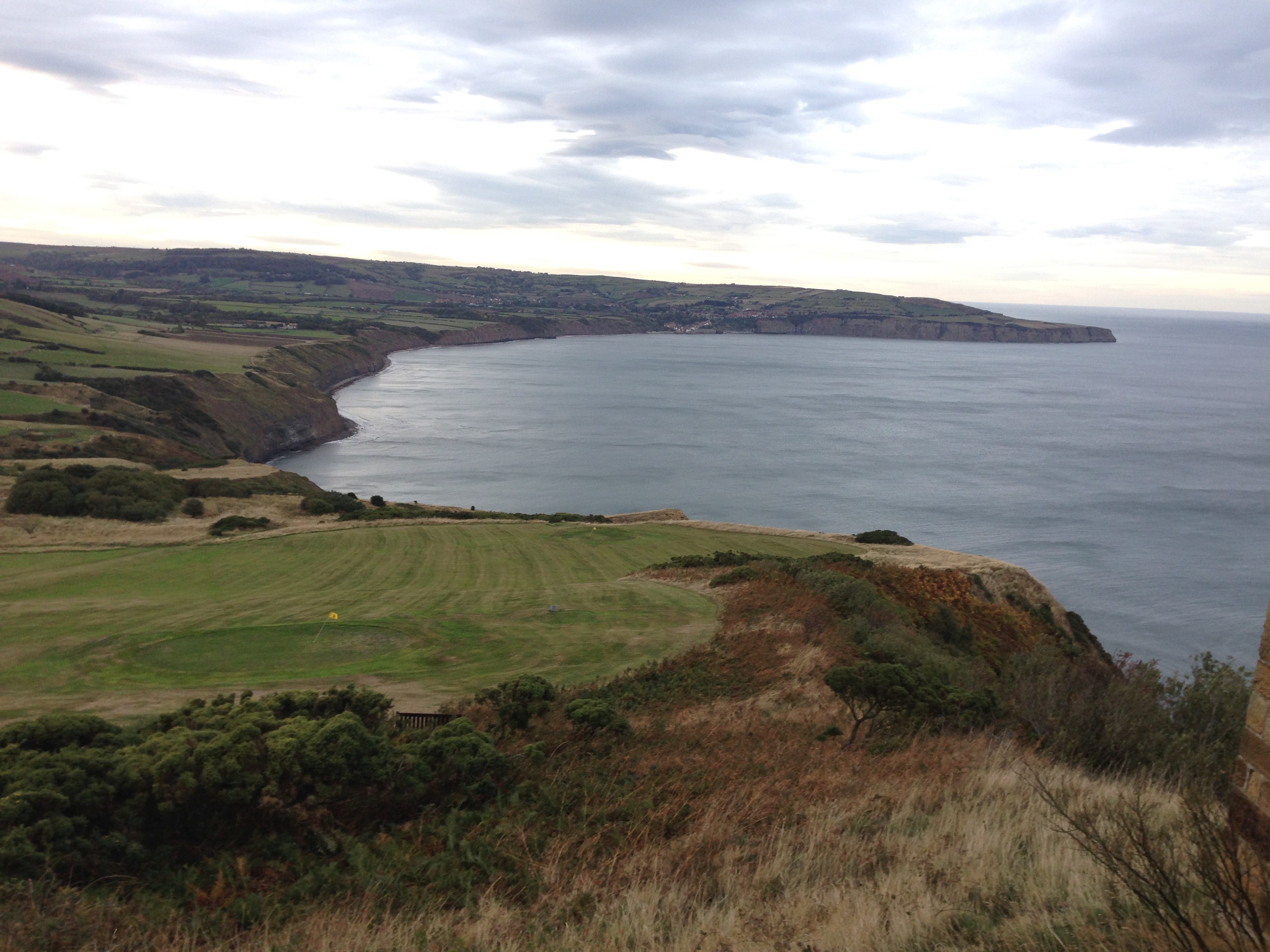 The wide landscapes and dramatic coastlines of Yorkshire and Northumberland amazed me when I moved from Denmark to Hull. Bigger, broader, harsher. Inspirational. The endless views, rich in traces of those who had once lived there. Stone Age, Bronze Age, Celts, Romans, Vikings, Normans, the Middle Ages. All still present, a little worse for wear, the years have taken their toll, in a landscape created by volcanoes. Denmark sits upon millennia of sedimentation; we call one of the highest points Himmelbjerget, ‘The Sky Mountain’ or maybe even ‘The Celestial Mountain’—it is 147 metres (482 ft.) tall.
The wide landscapes and dramatic coastlines of Yorkshire and Northumberland amazed me when I moved from Denmark to Hull. Bigger, broader, harsher. Inspirational. The endless views, rich in traces of those who had once lived there. Stone Age, Bronze Age, Celts, Romans, Vikings, Normans, the Middle Ages. All still present, a little worse for wear, the years have taken their toll, in a landscape created by volcanoes. Denmark sits upon millennia of sedimentation; we call one of the highest points Himmelbjerget, ‘The Sky Mountain’ or maybe even ‘The Celestial Mountain’—it is 147 metres (482 ft.) tall.
“Who has walked here?” I wondered, gazing north from Ravenscar towards Robin Hood’s Bay. I am by no means a mystic, but these places—Hackness, Whitby, Kirkdale Cave, Yeavering—were so intensely present, almost talking to me.
I came across a picture of an abbess who had lived in England from 614 to 680, and I simply had to find out who she was, who she had been. Neither virgin nor martyr, no miracles at the grave, hated by the top men running the Church—Hild had nonetheless become a saint, her feast day celebrated on 17, 18 or 19 November. The more I discovered, the greater the riddle. Born a pagan princess, baptised alongside the king when she was 13 years old, in a convent at 33, she founded many monasteries, hosted the Synod of Whitby (at which women were stripped of any kind of power), survived the plague, sponsored the poet-shepherd Cædmon, and died of malaria.
I read and re-read the Venerable Bede’s Ecclesiastical History, sensing a hinted story behind the history. I read all the secondary literature I could find, and I spent every day off and holiday visiting the places where the story had or might have been set. In the crypt of Durham Cathedral I saw a jewel called St Cuthbert’s cross, which I immediately hung around Hild’s neck. The possibility that it had belonged to her cannot be ruled out… and that is how I proceeded: never in conflict with what has been handed down to us, nor pure retelling, but a story about how it could have been.
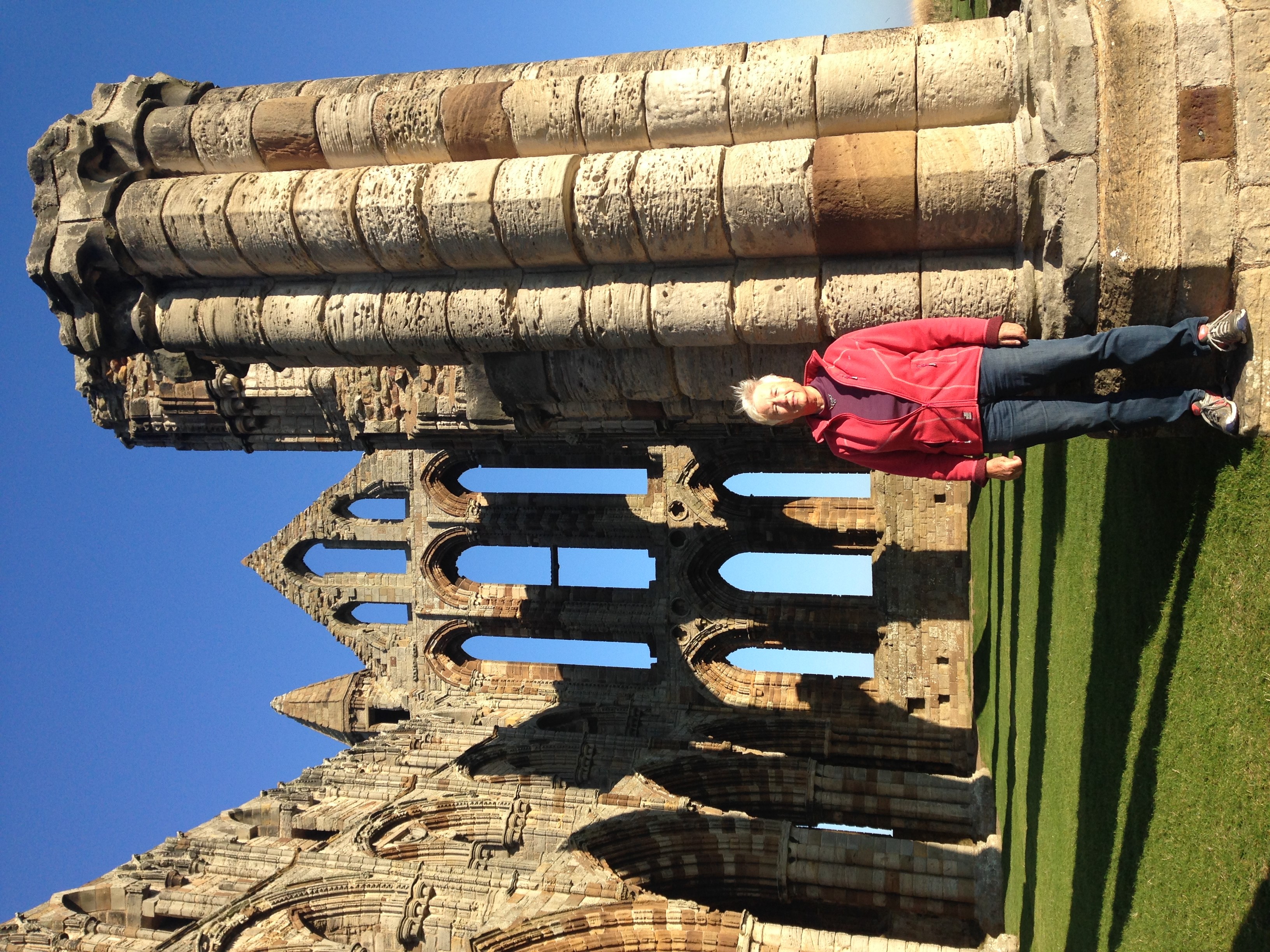 The people of the seventh century were afraid of spirits and fate and portents. The missionaries’ ideas must have seemed extremely transgressive, foreign and risky—unnatural. Concepts such as forgiveness and atonement were newfangled and strange. Can you really put the past behind you and wipe the slate clean? Should we not demand an eye for an eye? Dangerous talk.
The people of the seventh century were afraid of spirits and fate and portents. The missionaries’ ideas must have seemed extremely transgressive, foreign and risky—unnatural. Concepts such as forgiveness and atonement were newfangled and strange. Can you really put the past behind you and wipe the slate clean? Should we not demand an eye for an eye? Dangerous talk.
Endless feuds, vengeance, exchange of hostages, and brides as ‘peace-weavers’. Not allowed to negotiate or fight, women could win neither spoils nor glory; they could simply wait to see who was slain this time: family by marriage or family by birth. And then women became pioneers in the introduction of Christianity and the building of monasteries; in my interpretation, this was their peace movement.
The convents and monasteries had books; monks and nuns read and wrote. A whole world of new knowledge opened up. Such a vast expansion of their universe! The more I read and thought, the more extreme a rupture the new religious compass seemed.
Bede makes as little mention as possible of pagans—the sooner we forget them the better! His reference to King Penda of Mercia is therefore surprisingly positive—as is his clear admiration for Abbess Hild, adherent of the Celtic Church. These people were familiar to Bede’s contemporaries, so he could not tell direct falsehoods about them—thus his mumbling on the subject of Hild’s early secular life. My interpretation is that she had been married to a pagan, had not succeeded in converting him, had borne children, and was an extremely powerful figure. As Bede writes, she was so wise that everyone—high and low—sought her counsel.
“How is wisdom achieved?” I asked myself. No one is born with the wisdom of experience. You have to go through pain and suffering, and you need robustness to process experiences. So I sent Hild off into testing situations, painting the backdrop to the actual story: about a woman who builds double monasteries, a pioneer who treads new pastures and must struggle against all that went before. Hild’s double monasteries were leading centres of learning, and five of her students became bishops. When the Church of Rome took power, the monasteries were placed under the control of (male) bishops and lost their autonomy. Women were consigned the role of weaver and altar-cloth seamstress. Did they need to learn Latin?
I cheered with joy when I saw the first woman inaugurated as bishop. How I celebrated!
Now we are locked down again, but how wonderful it would be to spend the day looking for ammonites along the coast at Ravenscar and walking in the wind on the Yorkshire Moors, listening to the sheep and the curlews. Let us hope that soon our paths will cross safely when we once again venture out into the world of past and present.
Danish author Vibeke Vasbo lived in Hull for four years while married to the Danish seamen’s chaplain. She is the author of highly acclaimed, prize-winning novels, poetry, essays, short stories, literary criticism, radio essays, and lectures.
The Song of Hild is our November #BookOfTheMonth—get your copy here.
